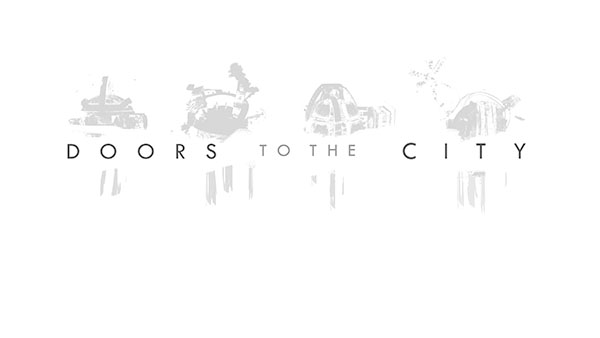
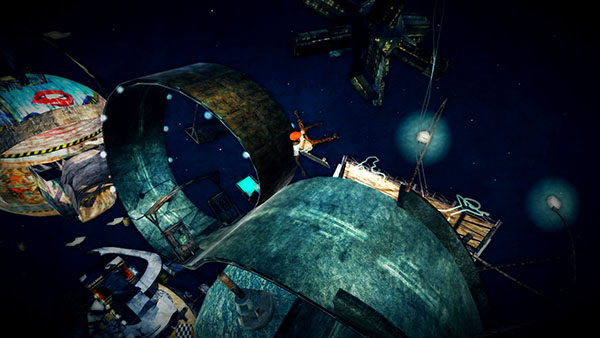
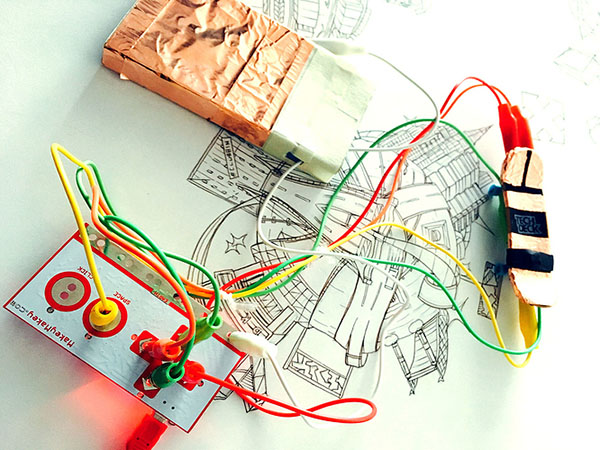
[The following is a passage written in the lab the game was developed at: Looking Glass NYC. Dating back to July of 2017. This is a vignette of the life cycle of Doors to the City.]
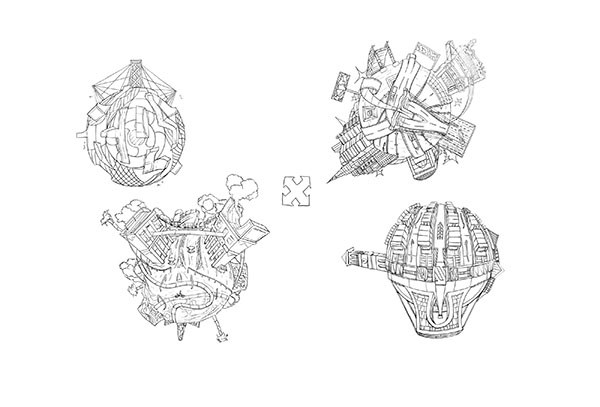
[--Ben Speaking--]
Doors to the City. A game title developed by myself (Ben) starring The Josh Craig. Synopsis: An artist is lost in the divisions of his mind as he attempts to organize the vast arrays of his own creative process. The planets of his mind, NYC-LA-Newark-Oakland, take shape as he comes to battle them in their own respective ways.
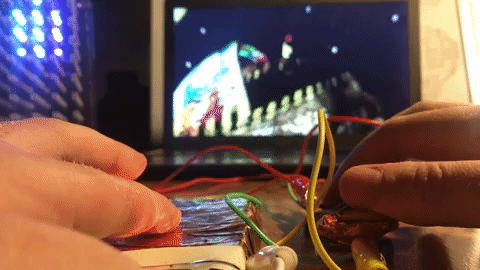
Josh provides his likeness, music, and creative input to the project while I develop the 3D worlds, 2D artwork-concept, environments, code, and the app-game as a whole for Standalone Desktop (Windows-Mac). In addition, I am experimenting with an interface that uses a Tech Deck skateboard as its controller. It was recently shown at the Superchief New York [in July 2017] to significant interest. For the project, experimentation is key. In the end, a lot of different ingredients will be added to make all of the components of colorful variety come together. At this point, the main skeleton of the project is in tact. The hard part is to follow. Though, for now, its potential is present after showing its prototype.
It started with me constructing TJC’s 3D model. I was able to do so in the spate of roughly ~10 hours utilizing Autodesk Maya and Autodesk. In addition to the extensive development work I do on games, game art, and apps, I [previously taught] Computer Graphics and Animation at the New York Institute of Technology.
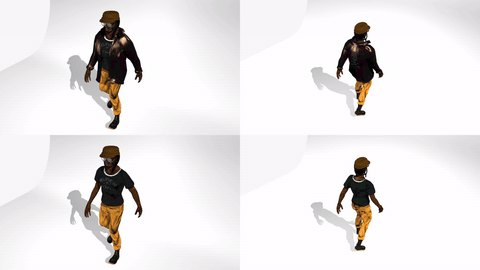
[--Josh Speaking--]
“The idea of the game is that I’m traveling through these cities that I recorded the music on from my upcoming album Closed Doors in search of the perfect place to call home ultimately ending up back in NYC . The plan is to have it so that the only way to listen to the album in completion is to finish the game. You’ll notice that the artwork are from artists (Timothy Curtis, BlueTheGreat, etc.) who actually reside those cities and are also good friends of mine. Making the game interactive and personal are 2 things that I want to be the focus because it’s one thing to make something look cool but another to give people something they will remember while sparking memories of nostalgia using a Tech Deck is pretty cool."

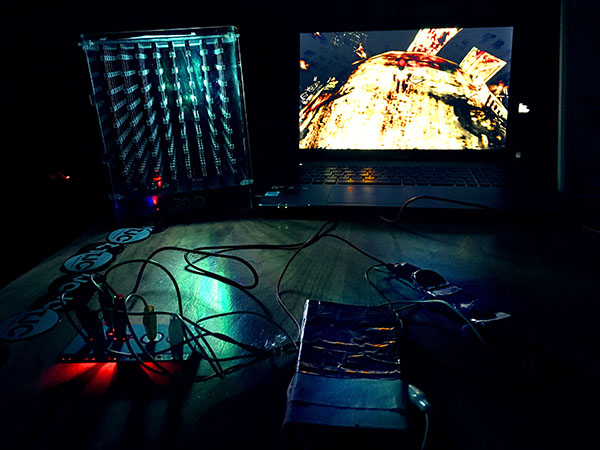
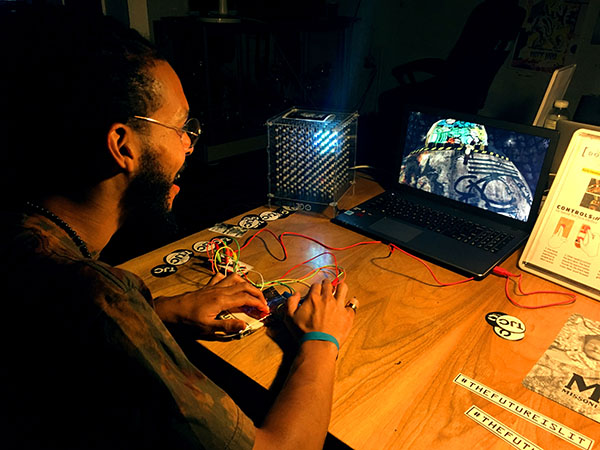
[--Ben Speaking--]
To completely break the space-time continuum, here is updating the original words from July 2017 with some images from March 2018 at GDC.
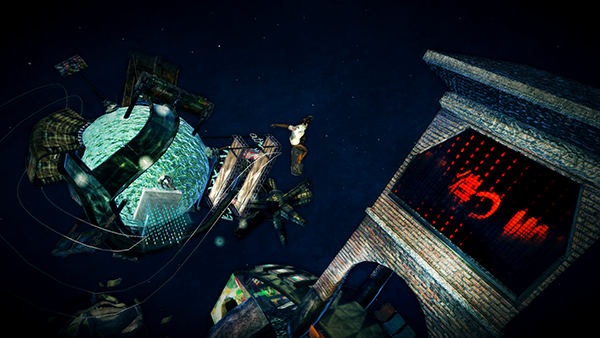
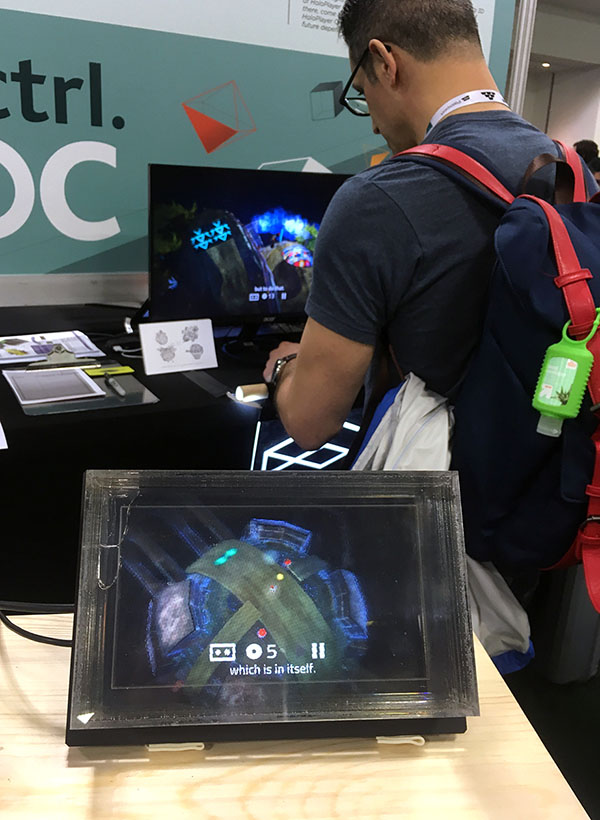
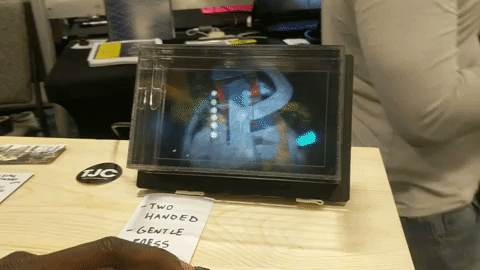
Speaking on the general process of visual and code creation.
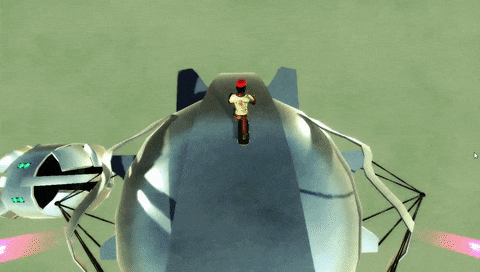
Bulletpoints: I’m at a comfortable space now with the project in terms of visuals, physics, and presentation inside the HoloPlayer. What displayed at the Superchief show was a demo world and a tryst for adapting the Tech Deck controls which turned out successful. The real work began after that point. The biggest enemy of all, making the physics work proper in control of the planetary pulls, has been overcome. Now intuitively one can launch from one city’s/planet’s orbit to another and land on feet.
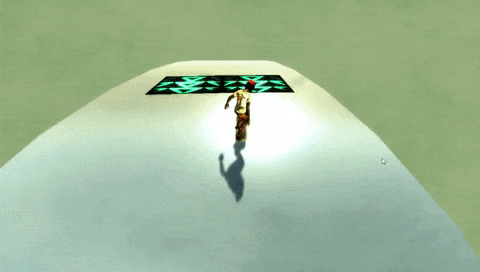
The challenge of sculpting these worlds in the spherical perspective surprisingly proves less of a challenge than thought. The main thing lost is time. Instead of dealing with a more 2-point perspective, 3-point perspective is always considered. Though, the extra time is worth it to render the worlds in partition to the original vision (re: concept art).

Newark and Oakland are complete. What remains is Los Angeles and New York City: the most challenging of the four given the density of content, the neediness for a more chic aesthetic, and that my brain is slowly beginning to shut off from sculpting in this style. Though I enjoy it, it is taxing on the velocity of work I can do. Newark: A city on the move… too fast for its own good. I live near Newark and it is where my wife goes to work. The entire time, I thought about the disparity between the industrial aspects of the city and more modernistic. The main setting is a train station that leaves lots of room for physics based exploration and inventive paths. Oakland: A city of ghosts. A barren area filled of sketched noise and spooky thoughts. Being the only city of the four I have not been to exclusively myself, I found this a good opportunity to get more conceptual and turned the city into a skate heaven style area with more recognizable landmarks outside of the Warriors logo.
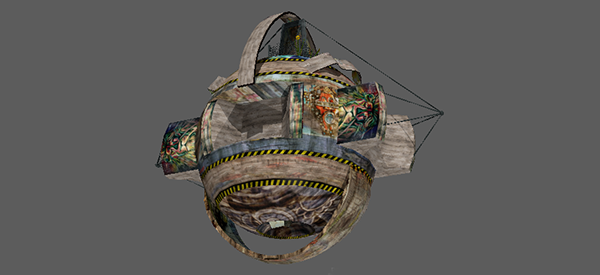
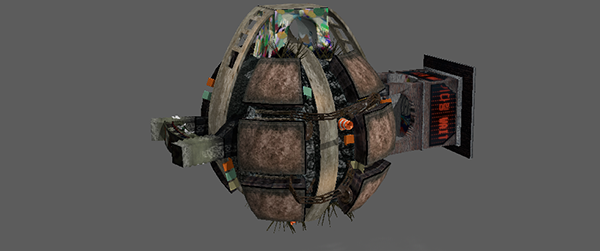
As seen in the GIFs above, the physics plays out quite well to a fun based experience. Many people thus far just enjoy crashing the skater and seeing the bail animation. I want to make material that deserves to be ‘misplayed’ so the player has enough freedom to fulfill the main concept as well as their own personal one. I will continue to push on this regard.
PS: The following is a list of graffiti artists/people who will provide their artwork to the walls of the planets’ environments.
OAK- NATTY REBEL ART
LA- BLUE THE GREAT
BK- AGUA (TIMOTHY CURTIS)
NJ- THE JOSH CRAIG
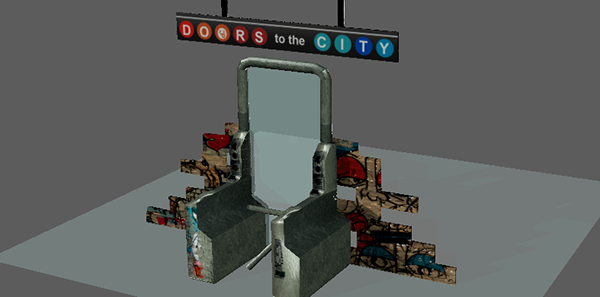
One thing to clarify if it is not evident already: 3D artwork (and by certain extension animation) is a time investment. Which makes creating these entire worlds a challenge of focus and precision! Add to my already existing peculiarities of how something should look and, thus, making the worlds here suffices for a major challenge. A doable challenge (and a quite enjoyable one), but one that should not be rushed too harshly. Especially with many other awesome projects to take on. For this, I am especially trying to remain truant to the original visual concept while adjusting for game-like necessities. Creating the planets here is not as simple as ‘adding the color’ or ‘putting in the blocks’. There a certain requirement of quality that is needed. One that may not immediately be sensed by fields more or less adjacent. The effort will be worth it in the end.
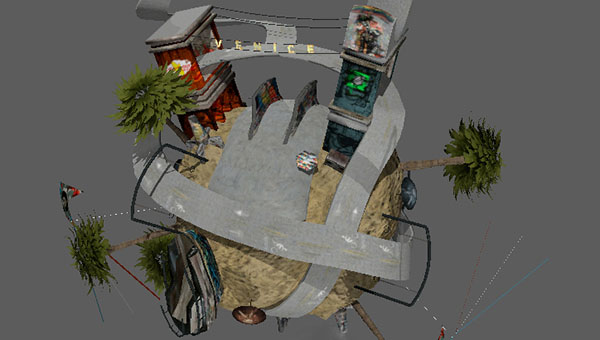
With that said, here is the latest primary offering: Los Angeles! The time of 3D creation is nearing an end (whew) with focus to be spread overall after finally nailing the big one: NYC.

Venice Beach. Very much out of the 2D concept I drew earlier on. Buildings and landmarks in tow. I kept this planet more ‘spacier’ as a meditative zone in lieu of the complexity and noise of the first two. Although, it certainly has its areas of visual complexity too.
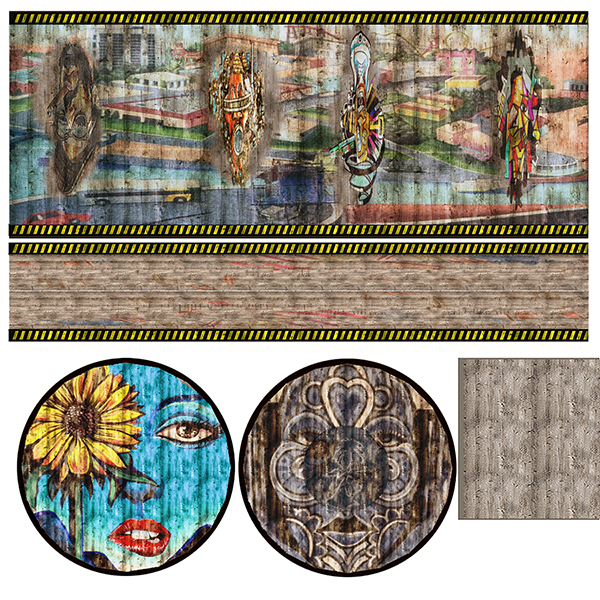
Here is a UV image example I rendered implementing the feel of the city worlds with each graffiti artists vision. A manipulation of channels and blending via multiply, screen, or overlay to mask out bright-dark hues to lay over the surfaces.
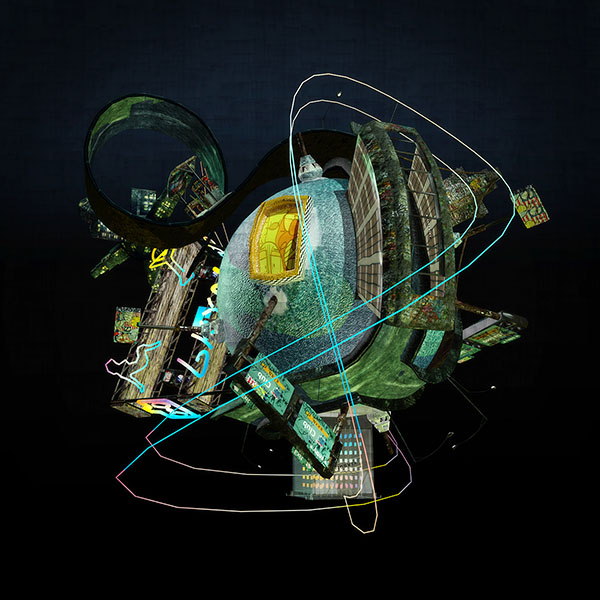
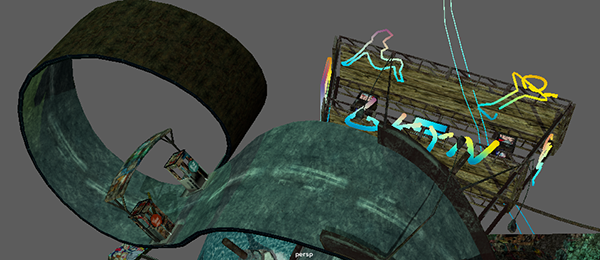
The most challenging (or fun) world design is [also] complete. New York City / Brooklyn. For more or less obvious reasons, I wanted to make NYC the most intricate design of all from a visual standpoint. I wanted a clear and concise representation of a city that has grown in meaning to me. And of course, Josh, the main character in this game. My wife and I had struggles moving from China to here and I thought it would be grand to give it a colorful vision in the spirit of that.
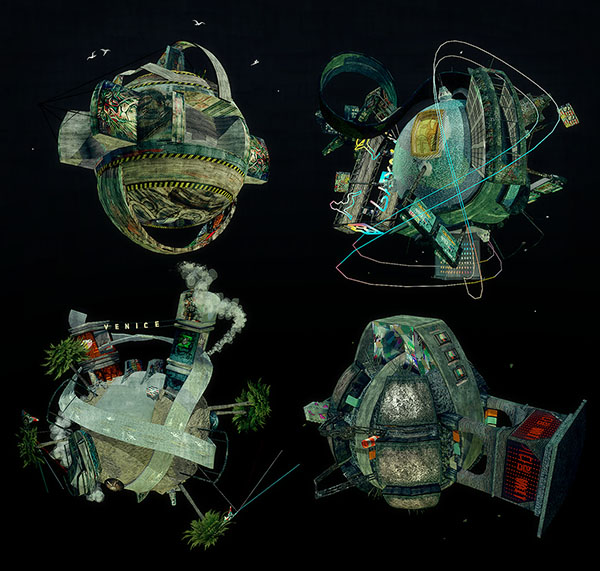
With all four worlds complete in Maya, the final rush begins to solidify Doors to the City into a final product. It is back into Unity to make the disparate ingredients come together. I would not have felt right to pursue this step until the visual side was curbed, I felt.
While the NYC stage features Brooklyn, Manhattan is represented as well as the ‘moon’ of the world. I attempted to stay truant to the original concept (illustration) and it was the best solution to come up with rather and delegating another full day to just skyscraper design. In the end, I feel the decision made sense.
The Brooklyn Bridge is in full effect. As is Timothy Curtis’s street art throughout the world. The highway signs give the world more depth and direction. I took inspiration from Sonic’s ‘Starlight Zone’ for most areas. If you are a follower and a fan of Looking Glass, you will notice the giant L3D cube in its own cove! As a way to give NYC its ‘chic’ glow, I found it to be the answer. In true tri-state area fashion, toll booths make their appearance! You can advance with your ‘E-Z Grav’ pass to initiate the lower gravity to pass through the mega-loop unscathed. And yes, the loop does work in game. And lastly: a wide view of the mega-loop. The most distinctive feature. I feel this geometry most of all is what will give Doors to the City its creative ‘feel’. The B.K.Y.N. club (no affiliation with any existing club) lines the background as well. Complete with DJ set, glowing neon tethered to the L3D Cube/Manhattan moon, and a unique ramp shooting through!
Much has happened in the development of the game since the visual creation of the planets. Including a showcase at Alt.Ctrl.GDC and upcoming showcase at IndieCade-E3 and the Smithsonian American Art Museum Arcade. With more to follow.
Next entry: sound design.
[--Josh Speaking--]
"Have you ever had yourself immortalized in a video game before? How does it feel? That’s what some group of kids from Canarsie said to me at the Playcrafting event at Microsoft a month ago. I told them it was pretty cool but my mom likes it the most. They smiled laughed then asked to play Doors To The City.
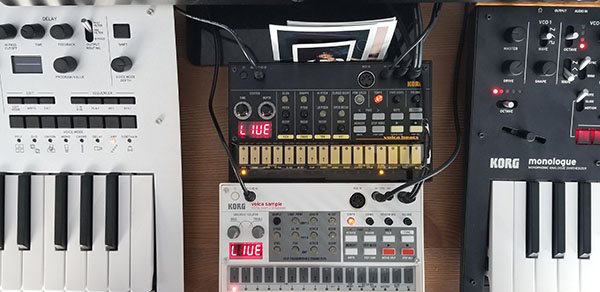
Ever since Ben and I started working on this game, life has somewhat changed for me. It’s now a mission to fulfill tasks set which will define the success of a 3-D character lost in a world of doors leading to endless possibilities. As a game, DTTC is a story based on an album. As an album, Closed Doors is a story based on my life. As a life, mine is one of a journey. A journey to the depths of one’s mind through imagination and creation.
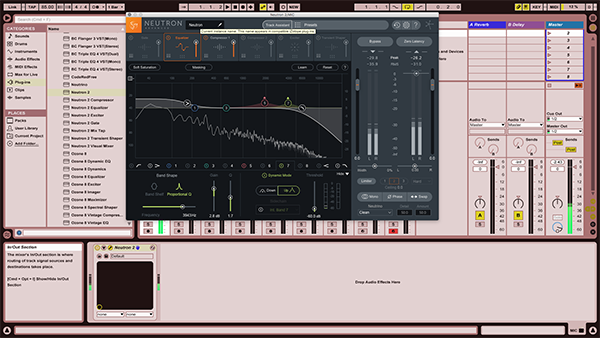
I never imagined I’d be in a video game but somehow I always knew I would. Like some sort of genetic code leading deep inside my thoughts waiting for me to find it one day. Thankfully Ben is a good coder. When we met it was one of those “Who is the new guy? I don’t know but he’s out there and I like out there.” By out there I was referring to the game Marshall’s Theory. You know the one about Trump trapped in a nightmare with protesters and angry voters on his trail. If not, then you need to wake up. Any who it was that game which brought this long term tag team together. A team that some say can change the definition of a video game and soundtrack.
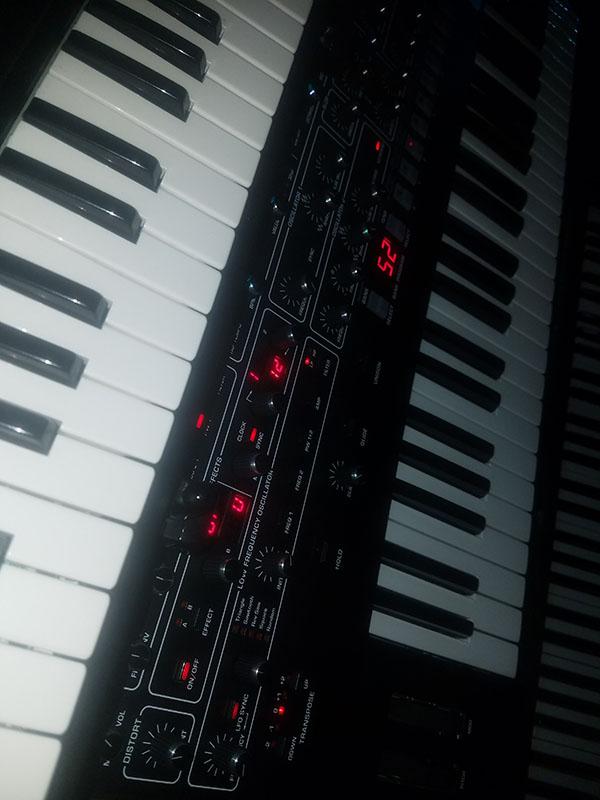
A few months ago, Ben needed some haunting chords for the score in Marshall’s Theory and asked me to help him out. I told him I do it if he made me a video game. Later that day I found myself in Seth Mooney’s studio surrounded by synths, pedals, guitars, drum machines and modular gear. I asked him to engineer the session as I got deep on the Sub 37, Prophet 6, OP-1, TR-8 and ran it through Ableton with no compression just reverb and delay from Moog pedals. After 20 minutes of horsing around we had something. It was, let’s just say out there. I posted something on Twitter, bounced the tracks and sent them to Ben. A-day or 2 later the guy says he liked it. I replied, “Thanks, now about that video game.” Fast forward 2 months and here we are 2 guys and a game.
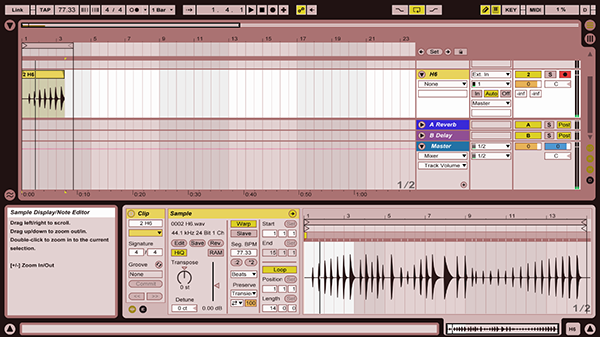
Throughout those months I had to study sound design techniques, analog and FM synthesis, environmental influence on frequency and harmonics, mixing and mastering (shouts to Phil Moffa) and how to not have pedestrians assume my H6 field recorder is a fire arm. The latter is still being difficult thanks to TSA. Along the way I also had to buy a few pieces of gear to make record a full album. At the time, I only had a microphone and midi controller. I now own a few Korg Volcas, Minilogue, Monologue, AKG condenser microphones, the Zoom H6 I mentioned before, Ableton and Push2, a Subpac & Yamaha mixer. Using Presonus ES5 & 8 monitors paired with a Deviliate a Phantom to monitor playback. So you can start to see how my life has changed a bit yes it’s not just MP3 beats I’m now running the whole show and this project sounds different than anything I’ve ever created. A combination of past, future and freedom in the now.

In between tasks from work at Looking Glass, traveling cross-country, doing shows and staying alive, finding time to focus on finishing the album has been tough but I’ve been banging out tracks along the way. Playing the game as I compose the score makes things a lot easier to get really real and experiment. In my next post, I’ll be provided songs I’ve been working on and some more downloadable jams that may or may not make the album. Also, I’ll be providing sounds I created and captured for the game to listen to and admire the sounds of Doors To The City. I’ve got some ideas for the albums interactivity with the game that hopefully bridges the physical and holographic world. There will be vinyl discount codes, Easter eggs, and download links in the game’s story mode to purchase and listen to the album in the physical world. I hope everyone is excited for the Doors To The City as I am so so happy and really looking forward to everyone listening to the album, playing the game and losing themselves in an unfamiliar world . Thank you. "
[--Ben Speaking--]
TO BE CONTINUED.
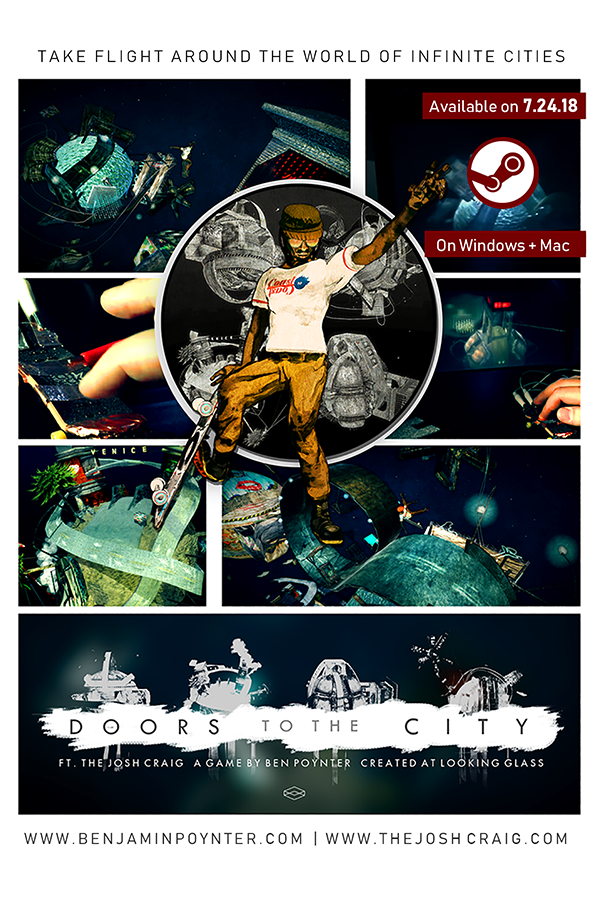
But a special note for those who made it through to this point: Doors to the City, Steam, July 24, 2018. Windows and Mac systems.
For future writing lead up to the point of release, I will veer directly back to the game programming aspects and technical elements such as working with the animations and physics further. As well as any requests! And anything Mr. Josh Craig would like to contribute.
